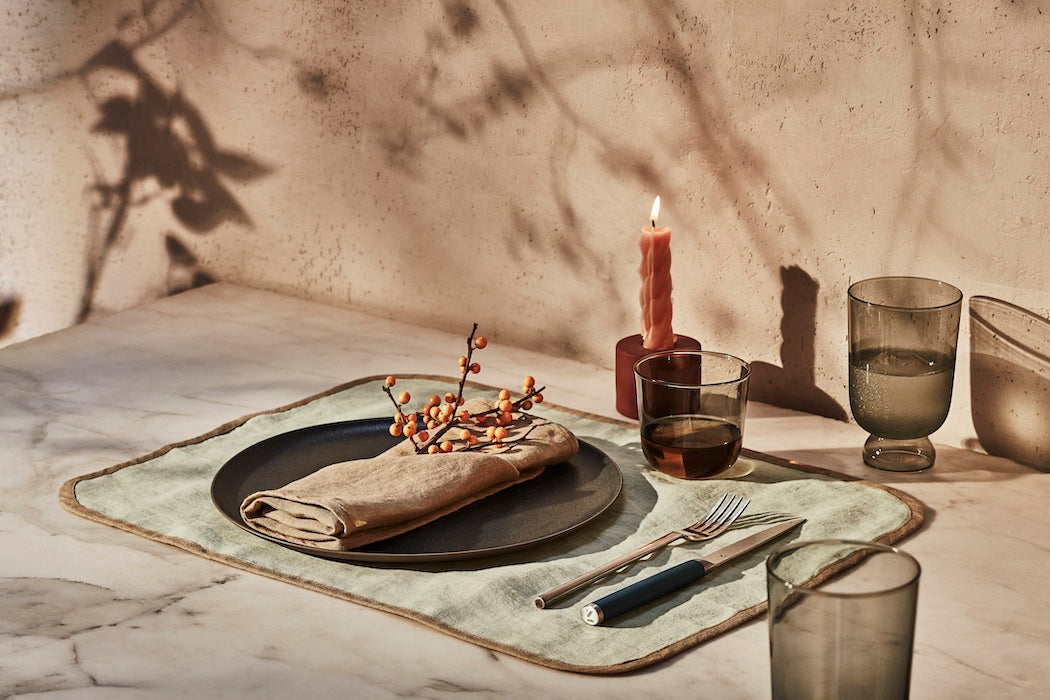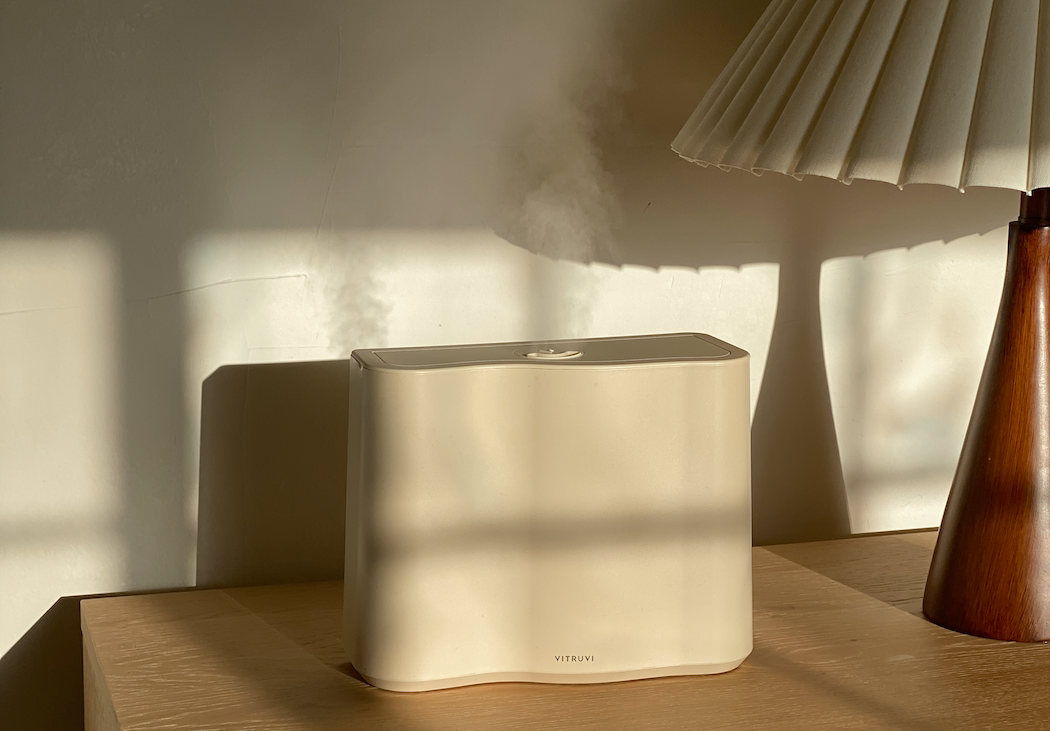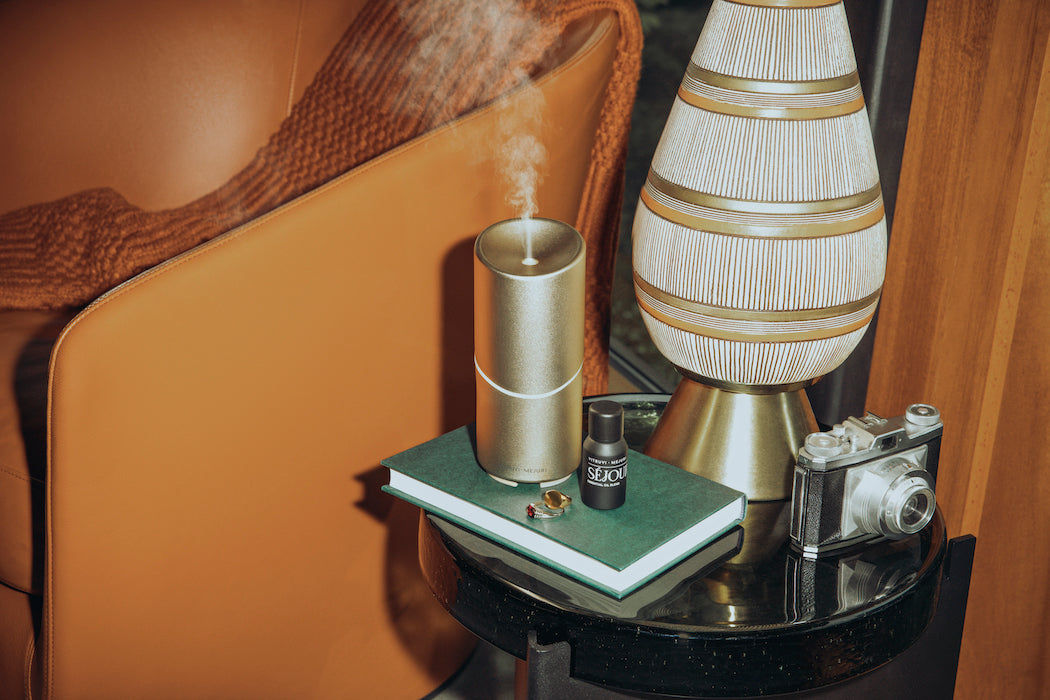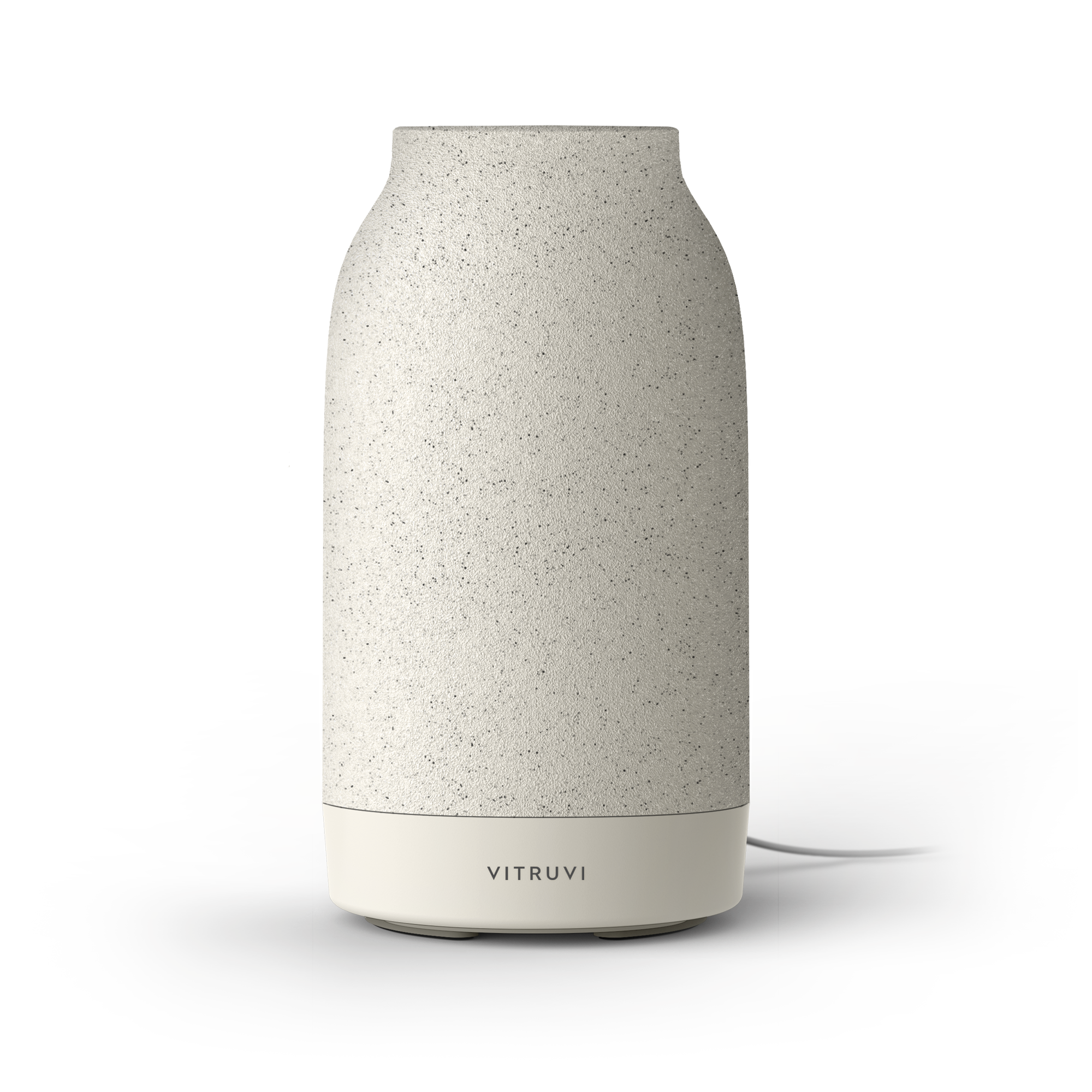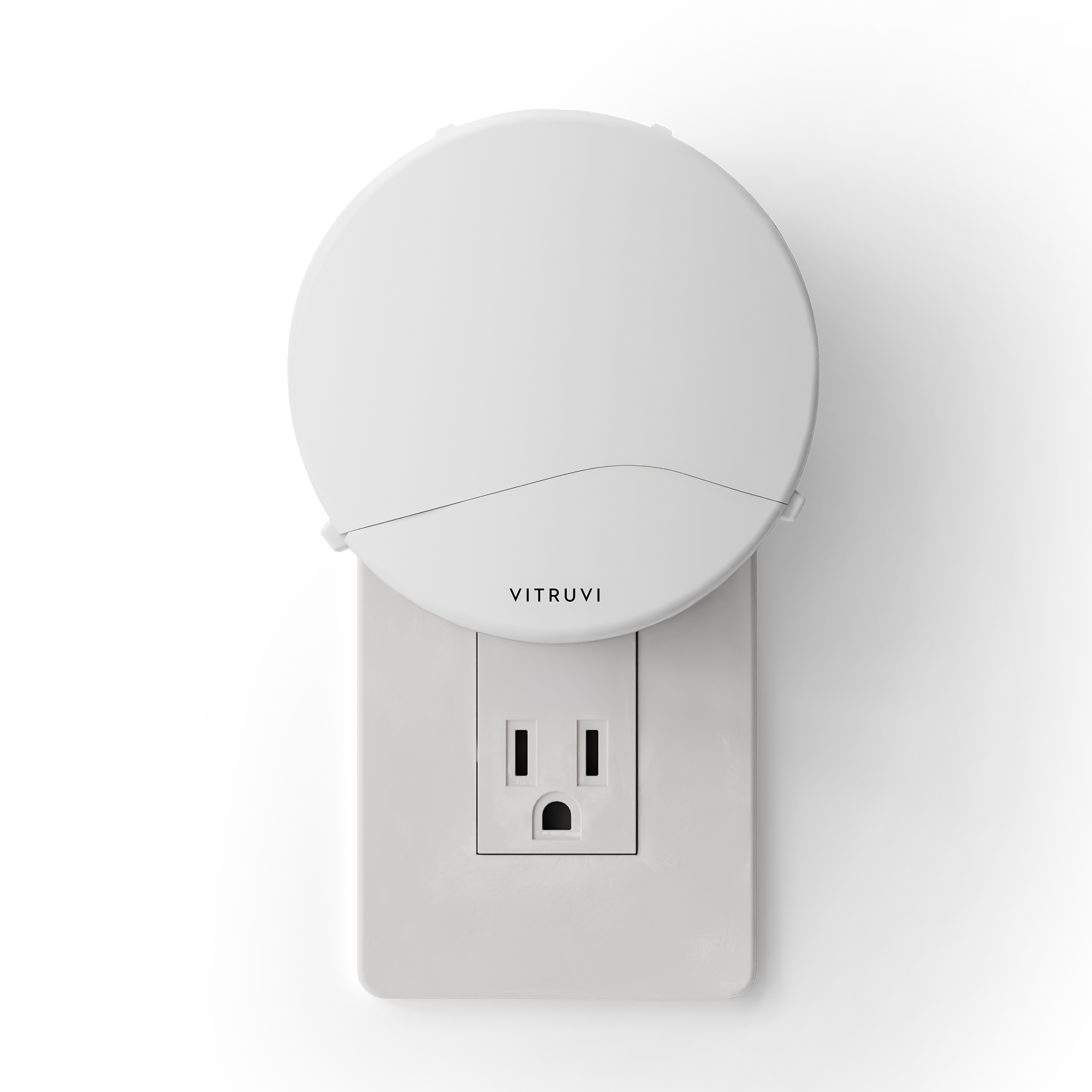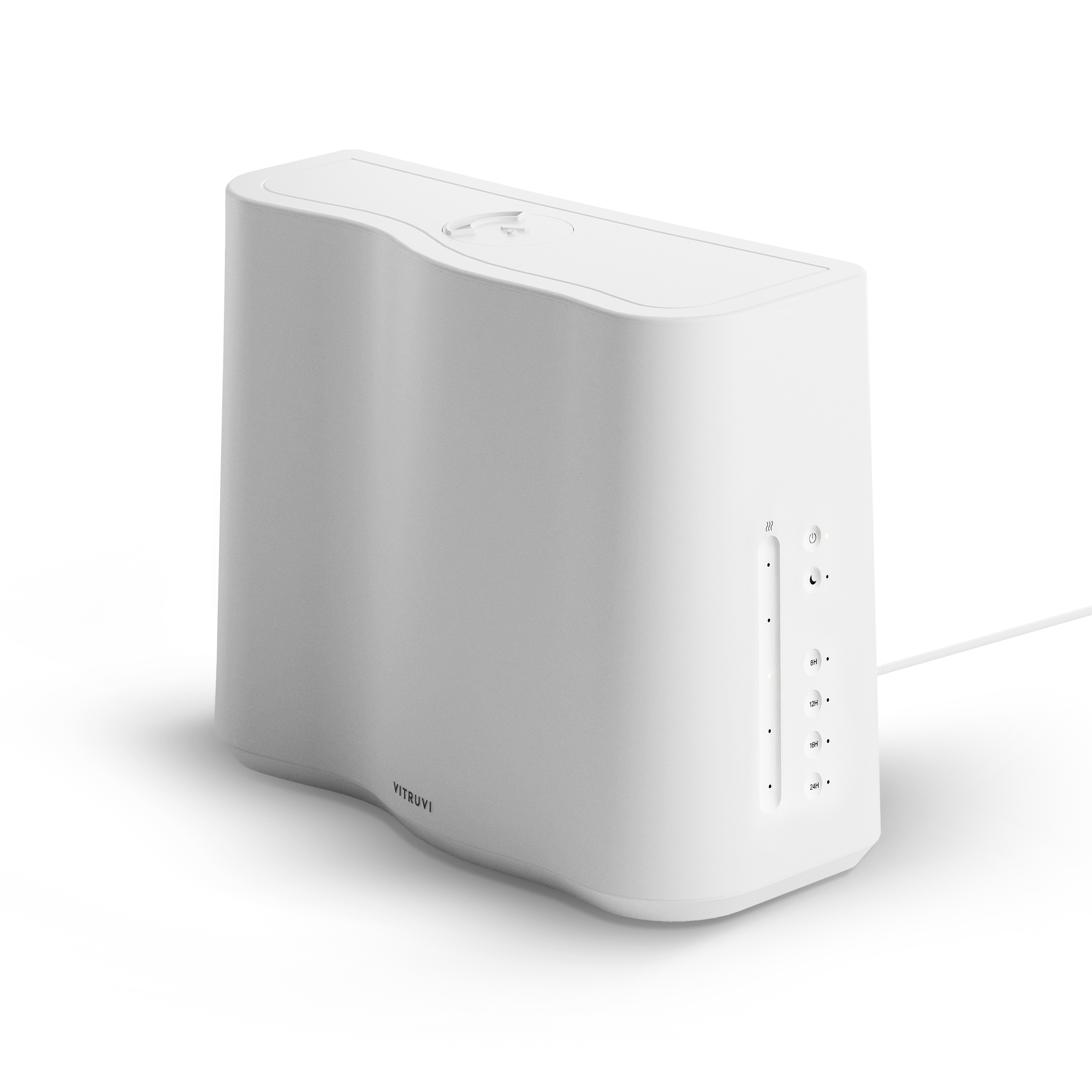As culinary director of Caffè La Tana, Osteria Savio Volpe, and Pepino’s Spaghetti House in Vancouver, I’d be hard-pressed to find a more perfect comfort food than tagliatelle alla bolognese. Much adored by kids and adults alike, its universal appeal and comforting flavours are exactly what families are looking for these days.
Here’s how to make your own tagliatelle at home from scratch.

Ingredients
- 500 grams 00 or AP flour
- 185 grams whole eggs (note: the whole eggs and yolks must be weighed separately as there is a certain ratio that makes the pasta rich and eggy. Eggs vary in size, so gram measurements make this a consistent recipe)
- 125 grams egg yolks
- 20 grams olive oil
- 3 grams kosher salt
- Semolina flour (for dusting)
- Optional ready-made sauce: 500 grams Caffè La Tana Bolognese
Tools
- KitchenAid mixer with dough hook attachment
- Pasta roller
- Rolling pin
- Plastic wrap
- Large wooden cutting board
Method
- Combine all the eggs and olive oil in a stainless steel mixing bowl; whisk to combine.
- Place the flour and salt in a KitchenAid mixer bowl, fitted with the dough hook attachment.
- Start the mixer on medium-low speed and drizzle in the egg mixture quickly.
- Mix on medium speed until the dough comes together and pulls away from the sides of the bowl.
- Stop the mixing process and remove the ball of dough from the hook.
- Place it back into the mixing bowl and knead it for approximately three to four minutes.
- Remove the dough from the bowl and place it on a clean countertop.
- Knead the dough into itself by pulling one side and folding it into the middle. Drive the dough into the middle with the heel of your palm. Repeat the process until the dough is a uniform ball (approximately three minutes).
- Wrap the dough tightly with plastic wrap and allow it to rest for half an hour at room temperature.
- Set up a pasta roller according to its instructions.
- Unwrap the dough and slice it into fifths. Make sure to keep the plastic wrap and cover the other four slices until ready to use.
- Using a rolling pin, roll the dough thinly enough to feed it into your pasta machine at the thickest setting. Roll the dough through the machine to create an oblong oval shape.
- Fold the two rounded ends into the middle, then feed them back through the machine. This develops the gluten network of the dough and gives it a nice firm texture.
- Roll the dough into a progressively thinner sheet, dusting with flour if it seems sticky. Roll the pasta to number six or seven on your pasta machine.
- Dust a large wooden cutting board with semolina flour, and then place the flat pasta dough on the board and cut it into 12-inch sheets.
- Apply lots of semolina flour to the sheet and fold it over itself in two-inch increments, leaving a good one inch of the sheet unfolded.
- Cut the dough with a sharp knife in half-inch ribbons. Collect all of the cut noodles and shake them with your fingertips to arrange in a pile. You’ve made tagliatelle!
- Add some semolina flour and shake again. Don’t worry about excess semolina on your noodles—this will thicken your pasta water (which will thicken your sauce).
- Repeat this process for all of the dough. You can wrap unused dough and refrigerate it for up to three days, or freeze it for up to two weeks for future use.
Assembly
- Fill a large pot with water and season it with salt. It should be seasoned but not as salty as the ocean, as some people say—that is too salty!
- Bring the water to the boil.
- If you’re using the Caffè La Tana Bolognese sauce, heat it in a high-sided pan on another burner.
- Add the noodles to the boiling water and bring back to a boil (when you add the pasta to the boiling water, it will drop the temperature of the water and it will stop boiling; it must be brought back to a boil or you risk the pasta being soggy and pasty). The noodles should cook in approximately 90 seconds to two minutes.
- Remove the noodles with tongs and place them into the pan with the sauce. Toss to combine and coat the noodles; add a knob of butter if you’d like.
- Once combined, transfer the pasta onto plates, and garnish with a generous amount of freshly-grated parmesan cheese and a drizzle of nice extra-virgin olive oil.
- Eat up. Go back for seconds.



